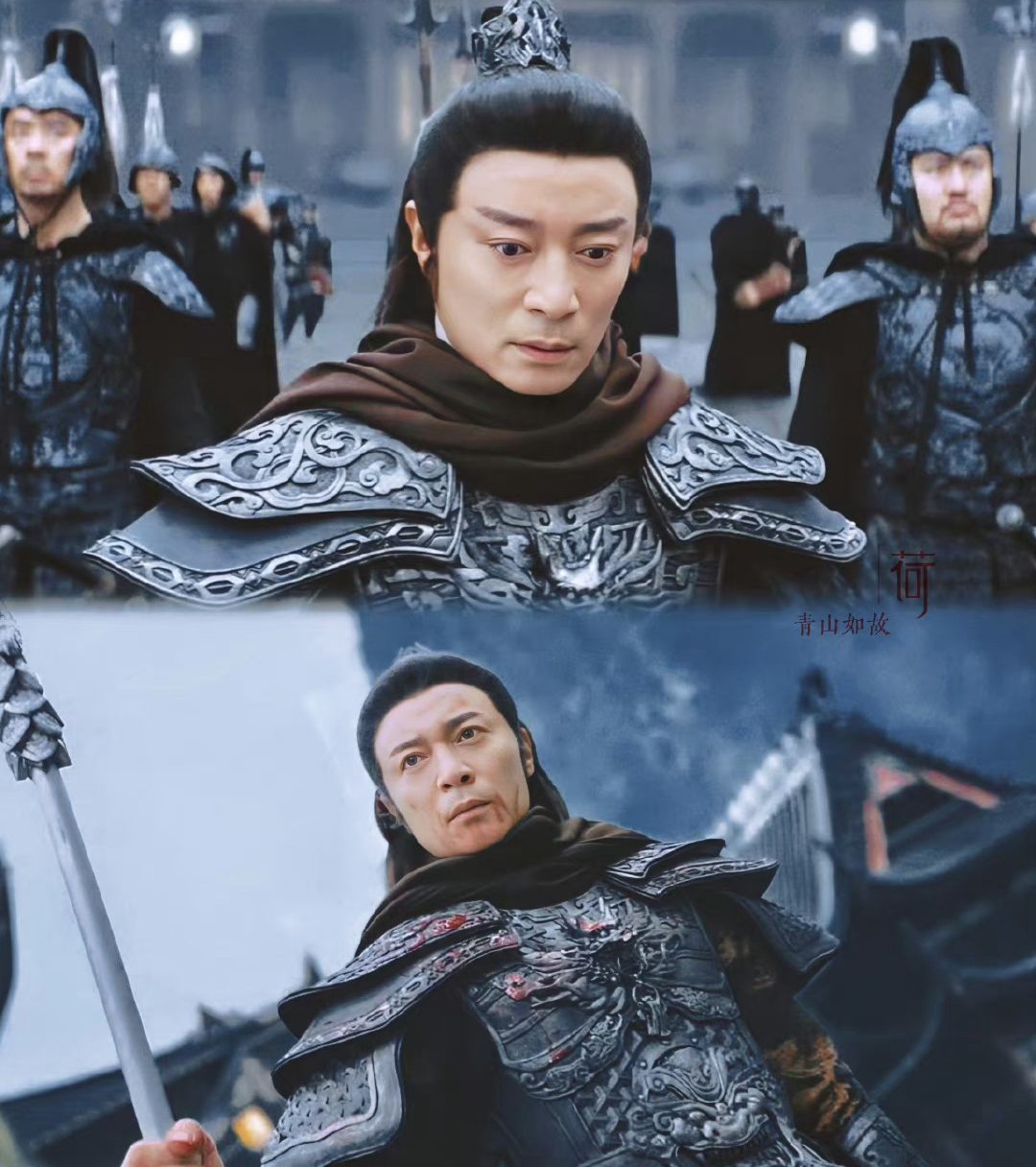On July 31, the 163 news portal announced the release of the animated film Na Tra: The Demon Slayer, which started appearing on various online platforms from July 30 and has garnered significant attention from the public.
According to 163, Na Tra: The Demon Slayer features new content compared to previous adaptations. The character Na Tra, symbolizing a rebellious spirit, inadvertently causes the death of Tam Thai Tu, a deity. When Long Vương (Dragon King) visits the Trần Đường Quan (Trần’s Gate), he must confront Na Tra, who is determined to defy fate and seek freedom, potentially putting the lives of many at risk. Na Tra’s choice to rebel sets the stage for an epic conflict with Long Vương.

The narrative escalates as the character Lý Tĩnh (played by Hà Trung Hoa) makes a pivotal decision to destroy the tower where Na Tra resides, believing this to be the only way to contain Na Tra’s powers. However, Na Tra’s lack of empathy towards the common people leads to a deepening rift between him and Lý Tĩnh. Contrarily, the presence of the deity Ân Tháp Nương, who is mysteriously linked to Na Tra’s fate, complicates matters further.
As Na Tra returns, Long Vương begins to suspect potential threats from Trần Đường Quan, leading to a chaotic confrontation. In this setting, both Na Tra and Lý Tĩnh not only face each other but also combat various formidable monsters lurking in the shadows.

The film has been critically acclaimed for its intricate storytelling and captivating visuals. Many viewers have expressed admiration for the film’s quality, noting that the animation is on par with that of theatrical releases. The diverse range of monsters and the depth of the visual effects have also been highlighted as strengths.

However, one of the most controversial elements of the film is its portrayal of certain scenes that emphasize physical appearances, which has raised eyebrows among some viewers. The film explores themes of rebellion and identity, as Na Tra struggles against the societal expectations imposed on him.

According to 163, this film epitomizes the “văn nạn” (cultural phenomenon) of animated films released online, where intricate details are often highlighted for the purpose of attracting a wider audience. However, such tactics can inadvertently diminish the viewer’s overall experience and transform a cinematic treasure into a mere spectacle.

















